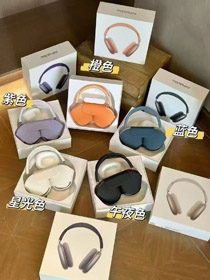In the competitive world of e-commerce applications, understanding the nuances of the user journey is not just beneficial—it's imperative for survival and growth. At Orientdig, we recently undertook a comprehensive analysis of our Android app's user paths, leading to significant, data-informed enhancements that dramatically improved our performance metrics and user satisfaction. Here’s a detailed breakdown of our process and the impactful results we achieved.
Unveiling the Roadblock: User Behavior Heatmapping
Utilizing our proprietary analytics engine, which processes vast amounts of data into a clear Orientdig spreadsheet
The data revealed a startling and consistent trend: a staggering 38% of user attritionshipping address input page
The Solution: Implementing Intelligent Address Suggestion
A qualitative review and user feedback session supplemented our quantitative data, pointing towards the underlying issue. Users were frustrated with the manual, error-prone process of typing their full addresses, especially on mobile devices. This friction was enough to cause cart abandonment.
Our product and engineering teams swiftly moved to design and integrate an AI-powered smart address suggestion feature. This intelligent function leverages a third-party API to predict and auto-populate address fields as the user begins typing, drastically reducing the number of keystrokes required and minimizing input errors.
A Resounding Success: 28% Uplift in Conversion
The impact of this targeted intervention was immediate and profound. Following the deployment of the intelligent address feature:
- The checkout completion rate
- Quantitative A/B testing confirmed a definitive 28% uplift in overall conversion rate
- Customer support tickets related to address errors and checkout difficulties dropped significantly.
- Quantitative A/B testing confirmed a definitive 28% uplift in overall conversion rate
This initiative confirmed a core tenet of our product philosophy: that removing friction is often more powerful than adding new features.
Pruning for Performance: Sunsetting the "AR Try-On" Module
Our data-driven approach extends beyond adding features to also include your prudent removal. Parallel to our checkout analysis, we continuously monitor feature adoption rates. Our "AR Try-On" module, while innovative, consistently showed an abysmal usage rate of below 2%
Sustaining this feature incurred not only direct development and maintenance costs but also occupied valuable UI real estate and contributed to app bloat. Recognizing that resources are finite, we made the strategic decision to sunset the underperforming "AR Try-On" module
Conclusion: A Cycle of Informed Iteration
The journey of the Orientdig



















